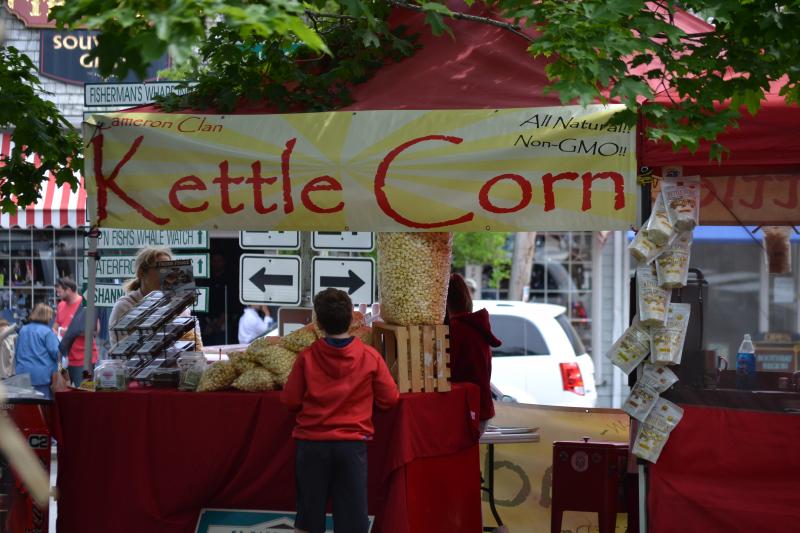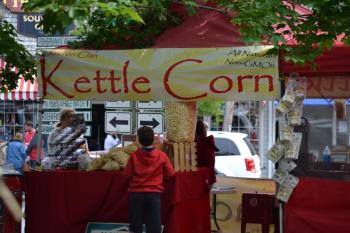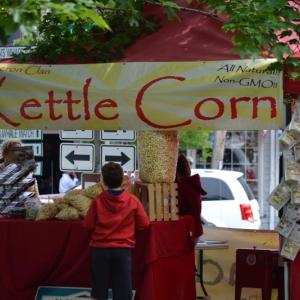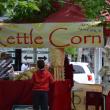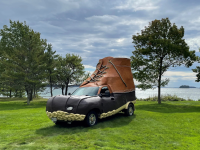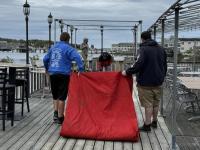Board talks blasting, history, food carts
With no applications July 10, Boothbay Harbor’s planning board discussed several lingering topics including a blasting ordinance, historic building inventory and mobile food vending.
Board members have been discussing a blasting ordinance since resident Jane Carpenter noted there are no town rules governing blasting.
The board has since reviewed ordinances from several Maine towns and decided Kennebunkport's 2018 amendment to its blasting ordinance represents most of the important aspects – a town permit, a blast plan, posting notices and notifying surrounding neighbors in a certain range, among others.
Member Bill Hamblen said Carpenter has made suggestions including a blaster’s proof of insurance, hours for detonation, and a civil violation for noncompliance. Code Enforcement Officer Geoff Smith said some of the details will likely need to cross the town attorney's desk before going to the public for a vote.
“The concepts are great, but I think at some point we're just going to have to tweak how we make this the property owner's responsibility. We don't have a method of going after a contractor, so there's no point in making it contractor specific,” said Smith. He explained that handing a violation notice to a contractor is easy, but enforcing a fine is not. “… The fine is not going to be huge and the contractor is not going to care at all. I think any teeth we're going to have to have is going to need to be tied to the property owner.”
Member Chris Swanson said he wants to make sure either the ordinance or blasting permit has a standard for signage; and though other members were in agreement on setting a 300-foot radius, Lee Corbin said she would prefer a 500 feet for extra caution.
Hamblen said details of the ordinance and permit can be be left open as the board hears from the public, select board and town attorney.
Said Chairman Tom Churchill, “I think what we need to do is take one more shot at the ordinance with the things we've talked about.”
Museum in the Streets
Swanson and Smith recently mapped out a possible historical walking tour and found as many as 30 sites that could receive signage. When speaking with a representative from Museum in the Streets, Swanson learned the average walk will be 45 minutes to one hour and have 20-25 signs.
Swanson said the tour would include buildings and sites where buildings once stood. A plaque for a missing building would show what used to stand there.
“The idea of this is not so much relating to individual buildings as relating to telling the story of the town …,” Swanson said.
Member John Hochstein said if this project is to happen soon, the select board and budget committee need to be briefed. Smith said a budget line could be included for next year's town meeting and the project could be finished at least part way through the season.
“Next year is important because it's the bicentennial of the state,” said Hochstein. “If we missed that cycle, I think it would be unfortunate.”
Food trucks
On food trucks, Churchill said the work will include fleshing out the differences between trucks, carts and other mobile or semi-permanent businesses. He said the board needs to think about where these activities would be permitted – on public or private property, or both?
Swanson suggested public property would be easier to regulate, but Hamblen recommended not allowing vendors on public streets and limiting them to designated public spots, and perhaps using a month-to-month lottery. Hamblen suggested allowing vendors on private property, subject to standards of any business on private property.
The board will put out a notice for a public workshop to hear from business owners and the rest of the public.
Event Date
Address
United States

